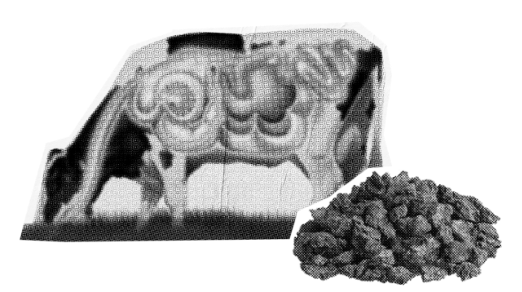Methane is not just another greenhouse gas. It's a greenhouse gas on steroids
82.5
times more powerful
than CO2
to keep global heating under 1.5 degree Celsius
Methane has to be cut by
45%
by 2030
that's the equivalent of 100 coal-fired power plants
In the EU, the highest-emitting sectors are:
Agriculture
Waste
Energy
"Today global methane emissions grow faster than at any time in the past. So cutting back on methane emissions is one of the most effective things we can do to reduce near-term global warming and keep 1.5 degrees Celsius. It is the lowest-hanging fruit"
European Commission President Ursula von der Leyen
The Global Methane Pledge commits to a
30%
reduction by 2030
The European Commission is ignoring the largest source of methane and is taking concrete actions only in the energy sector
Farmed animals, especially cattle, represent 8 million tonnes of methane in the EU, the equivalent of 50 coal power plants
82%
methane emissions are from enteric fermentation

18%
from manure management
Maximum reduction potential of EU emissions
49-68%
Reduction measures of livestock methane emissions (maximum potential compared to EU total methane emissions):
Livestock sector
21-36%
Energy
4-6%
Waste
23-26%
Farm lobby groups, major meat and dairy corporations are working hard to maintain the status quo: huge subsidies going to intensive factory farming
A
Regulating meat and dairy companies to ensure they reduce and report their methane emissions
B
Promoting the uptake of healthier diets with more plants and less and better meat and dairy
C
Supporting more sustainable food production practices, such as shifting to agroecology






